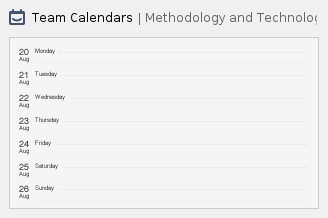The project will define the procedures, rules and methodologies for the following identified issues. Existing rules, such as those defined in the Core Components Technical Specification, CCTS, should be taken into account and if applicable be respected.
The project should take into account any UN/CEFACT deliverable that apply codes.
The primary target audience is UN/CEFACT Experts developing deliverables using coded representations but guidance to end users should be added when appropriate.
1. Version compatibility
The ability to use the latest possible version of a code list in association with any version of a message, i.e. decoupling the versioning of code lists from the business message versions
2. Extending code lists
Evaluate if permanent extensions are possible and desirable
3. Restricting code lists
Provide rules and methodology for restricting code lists for use within specific context. Users of the UN/CEFACT libraries may identify any subset they wish from a specific code list for their own community requirements.
4. Code list validation rules
Provide rules and methodology for how to validate instance documents against an XML Schema or UN/EDIFACT message type in respect to code lists
5. Temporary codes
Provide rules and methodology for the inclusion of temporary codes that will be replaced by a permanent code at the next UN/CEFACT standardised release.
6. Externally maintained code lists
Define rules and procedures for referencing code lists maintained by organisations external to UN/CEFACT, e.g. ISO, ICC, W3C. | 